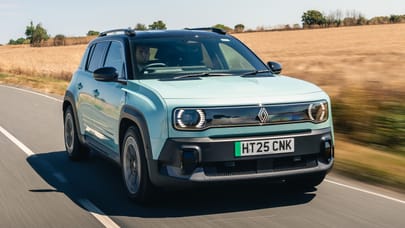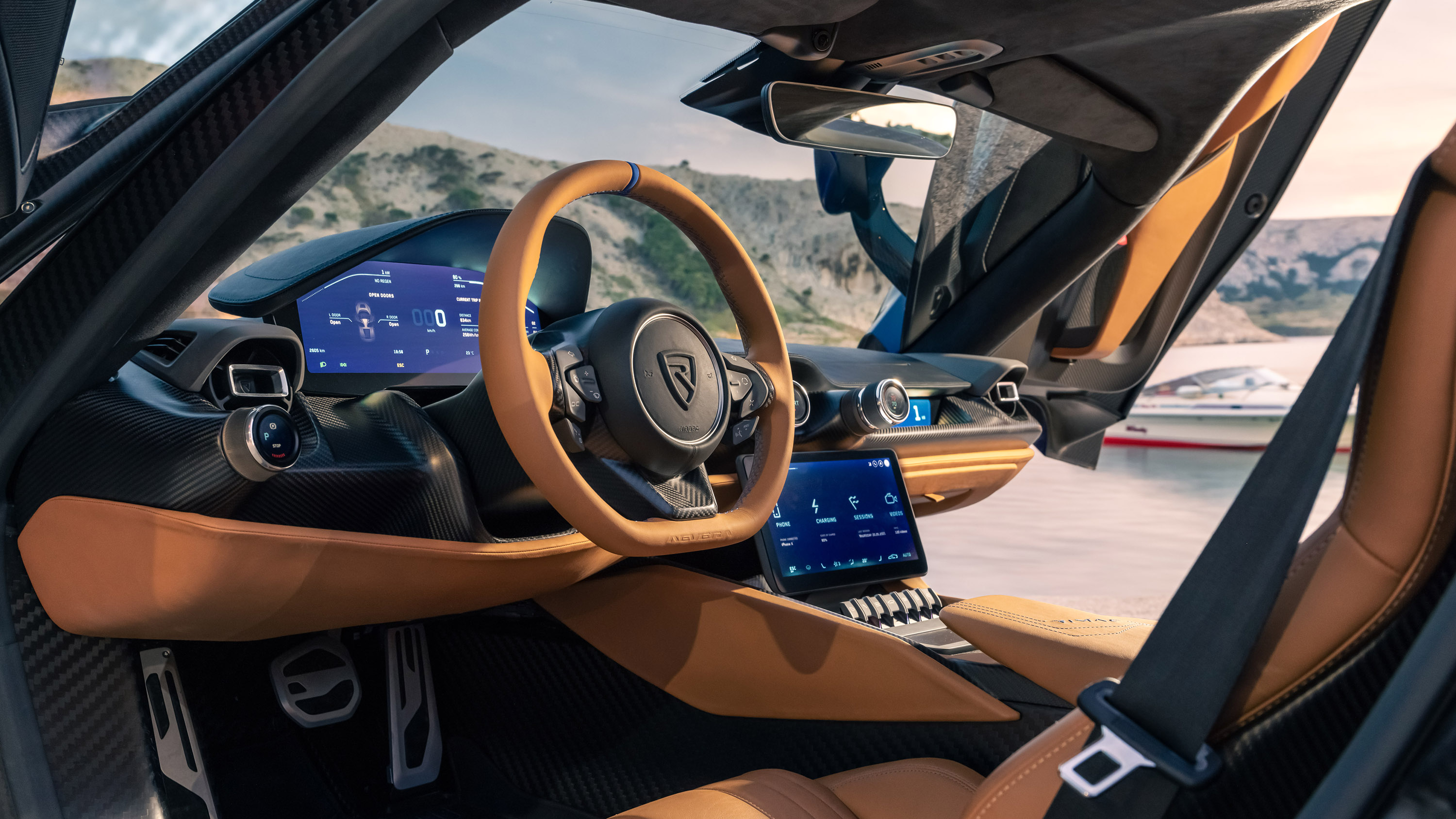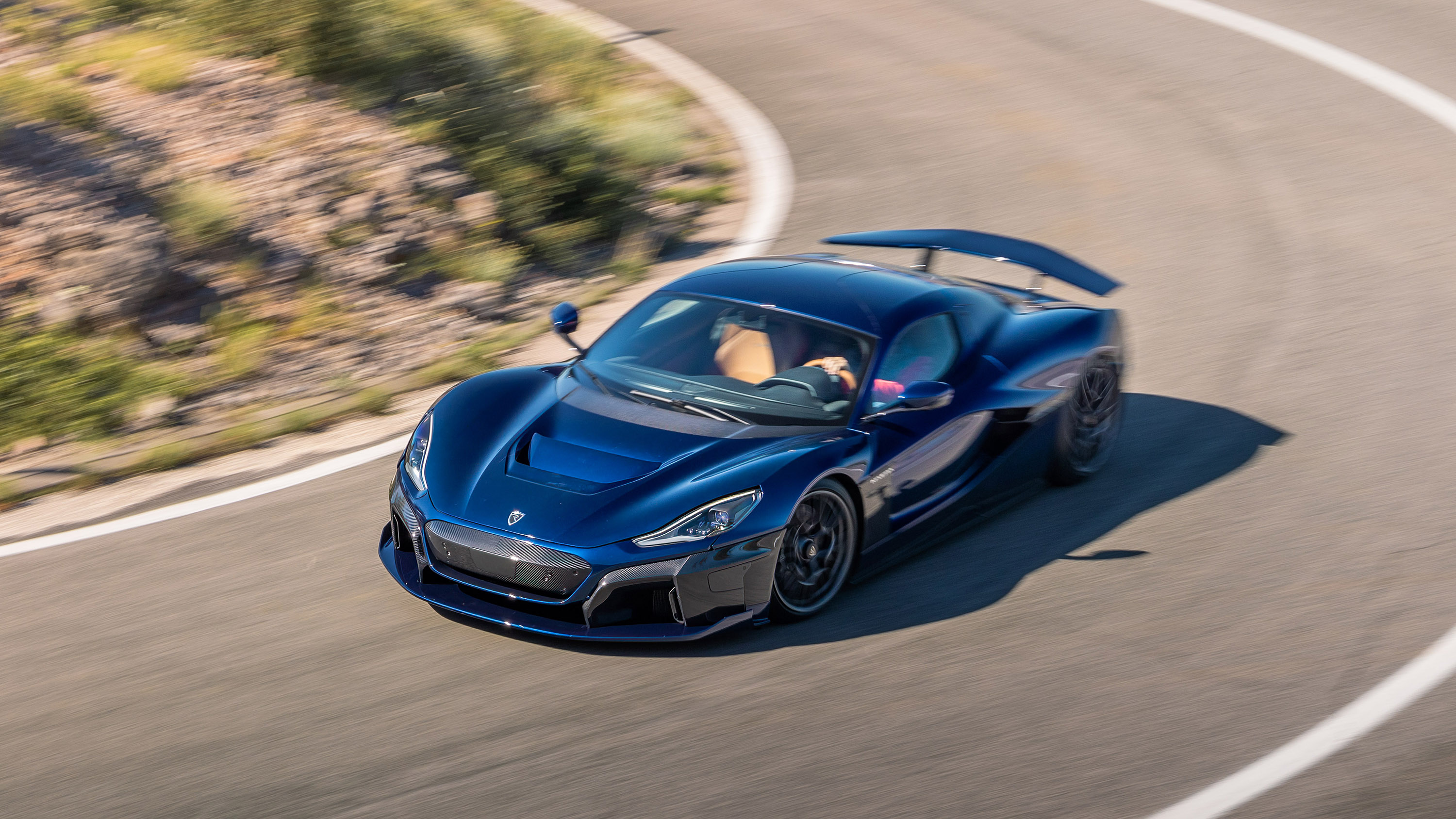
Rimac Nevera review
Buying
What should I be paying?
If you’re signing up for a £2.0m electric hypercar, you’ll get its maker’s undivided attention. You’re probably also prepared to go along for the ride: F1 world champion turned self-styled ‘eco entrepreneur’ Nico Rosberg has bought one.
Rimac has established a global dealer network in 19 sites worldwide. The company planned to make 50 cars per year, for the next three years, but in the five years since we first drove the Nevera, it's only shifted just over half the production run (which includes the 40 Nevera Rs). Mate Rimac says the entire project has cost €150m and though many learnings have been applied to the Bugatti Tourbillon, you sense this is a loss-leader that won't ever turn a profit. Its main job has been a shop window for Rimac's tech.
It's a shame the Nevera hasn't been a runaway hit because the engineering truly deserves it. But Mate Rimac is sanguine, acknowledging that £2m EVs are a tough sell and after the initial hype, ultra-rich collectors are finding it easier to splash the cash when there's a V12 or V16 to listen to. So this may well be the only hypercar that depreciates in value...
What about running costs?
Given the focus on its colossal performance, it’s easy to forget that this is a zero-emission (at the tail-pipe) car. After, erm, enjoying ourselves on the test route, we figured we’d better switch to range mode and rein things in a bit to make our destination. But even at a reduced pace, the Nevera is still highly entertaining, a consummate GT. And we made it with 60 miles still showing on the range read-out.
Storage space is limited to 100 litres behind the cockpit, above the central battery pack. Soft bags only rather than suitcases.
Featured

Trending this week
- Car Review
Hyundai Kona
- Long Term Review
Time's up with the Mini Countryman: here's the six-month verdict






